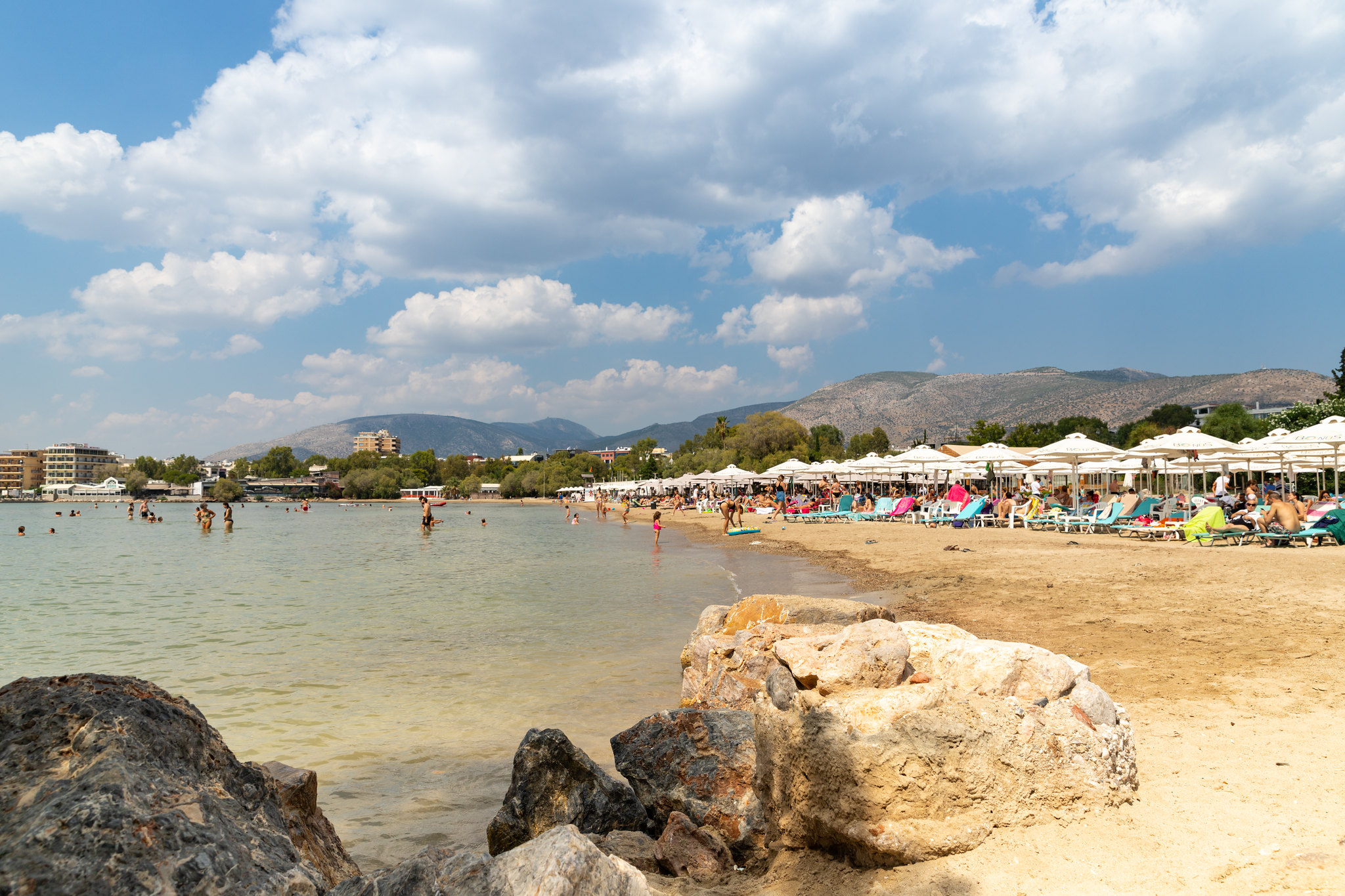Excerpt:
Imagine Earth’s surface is like a stack of pancakes. The pancakes, or layers of soil and rocks, may appear fairly evenly stacked and fluffy. Over time though, the stack can become compressed, thinner and shorter.
“If we look at the data, we don’t see a city as a whole, uniform society. We generally see regions of hot spots where you can see parts of cities subsiding depending on what is happening,” said NASA scientist David Bekaert, who has analyzed land subsidence in the United States and worldwide.
Some land subsidence, Bekaert said, is related to deep natural processes over long periods of time, such as responding to plate tectonic activity or to the retreating of the glaciers from the last Ice Age. Other sinking is linked to human activity, including extracting oil, water or minerals from underground. In cities, buildings can also add weight and push land down.
Many of the fastest sinking places in the world appear in populated areas in southeast Asia largely because of groundwater extraction, but the United States also faces substantial land subsidence. There, you may not notice land settling around you in your daily life, but scientists found that many places are sinking faster than global sea levels are rising — increasing flood risk in coastal cities. (Sea levels are rising at an average global rate of about 3.4 millimeters, or 0.13 inches, per year.)
Regions with the highest land subsidence in the United States are mainly located along the East and Gulf Coast, but here we selected a few hot spots around the country…









